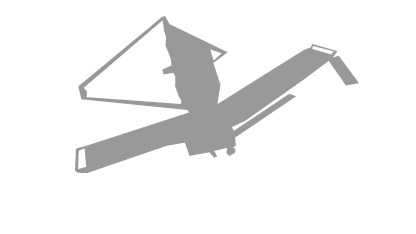Webb, an orbiting infrared observatory, will complement and extend the discoveries of the Hubble Space Telescope, with longer wavelength coverage and greatly improved sensitivity.
Webb Key Facts


The James Webb Space Telescope (sometimes called JWST or Webb) is an orbiting infrared observatory that will complement and extend the discoveries of the Hubble Space Telescope, with longer wavelength coverage and greatly improved sensitivity. The longer wavelengths enable Webb to look much closer to the beginning of time and to hunt for the unobserved formation of the first galaxies, as well as to look inside dust clouds where stars and planetary systems are forming today.
Key Facts
| Launch Date: | December 25, 2021 07:20am EST ( 2021-12-25 12:20 GMT/UTC) |
| Launch Vehicle: | Ariane 5 ECA |
| Mission Duration | 5 - 10 years |
| Total payload mass: | Approx 6200 kg, including observatory, on-orbit consumables and launch vehicle adaptor. |
| Diameter of primary Mirror: | 6.5 m (21.3 ft) approximately |
| Clear aperture of primary Mirror: | 25 m2 |
| Primary mirror material: | beryllium coated with gold |
| Mass of primary mirror: | 705 kg |
| Mass of a single primary mirror segment: | 20.1 kg for a single beryllium mirror, 39.48 kg for one entire primary mirror segment assembly (PMSA). |
| Focal length: | 131.4 meters |
| Number of primary mirror segments: | 18 |
| Optical resolution: | ~0.1 arc-seconds |
| Wavelength coverage: | 0.6 - 28.5 microns |
| Size of sun shield: | 21.197 m x 14.162 m (69.5 ft x 46.5 ft) |
| Temp of sun shield layers: | Layer 1:
Max temperature 383K = approx 231F Layer 5: Max temperature 221K = approx -80F Min temperature 36K = approx -394F |
| Orbit: | 1.5 million km from Earth orbiting the L2 Point |
| Operating Temperature: | under 50 K (-370 °F) |
| Gold coating: | Thickness of gold coating = 100 x 10-9 meters (1000 angstroms). Surface area = 25 m2. Using these numbers plus the density of gold at room temperature (19.3 g/cm3), the coating is calculated to use 48.25g of gold, about equal to the mass of a golf ball. (A golf ball has a mass of 45.9 grams. Note mass does not equal size!) |
Mission Goals
- Search for the first galaxies or luminous objects formed after the Big Bang
- Determine how galaxies evolved from their formation until now
- Observe the formation of stars from the first stages to the formation of planetary systems
- Measure the physical and chemical properties of planetary systems, including our own Solar System, and investigate the potential for life in those systems
Instruments
- Near Infrared Camera (NIRCam)
- Near Infrared Spectrograph (NIRSpec)
- Mid Infrared Instrument (MIRI)
- Fine Guidance Sensors/Near Infrared Imager and Slitless Spectrograph (FGS/NIRISS)



